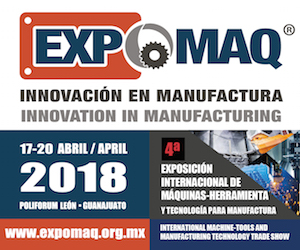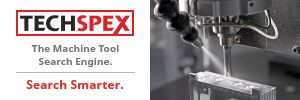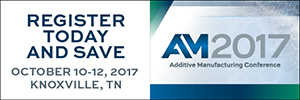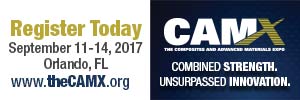
DMG MORI i 50 horizontals facilitate fast, flexible and productive machining.

The integration of extensive sensors and connectivity results in “Machine Tool 4.0.â€
Related Suppliers
DMG MORI
Steve Pegram has been in the machine tool industry for more than 25 years and has earned his status as an industry expert. From his roots at British Leyland to his current tenure in Global Key Account Management for DMG MORI (us.dmgmori.com), Pegram sees the automotive industry as a key driver in machining center product development and innovation.Â
Growing diversity of vehicle models, shorter life cycles, extensive modularization, dynamic new in-vehicle technologies and unrelenting cost pressures continue to force new innovations and flexibility in vehicle performance. Production is forecast to remain up for the foreseeable short-term future and move to even more emerging countries. All this demands financially strong and technically innovative production technology suppliers who can respond with equal innovation and flexibility under these conditions, the company says.
In Japan and Asia, the approach for producing cylinder heads, blocks and other prismatic parts is to create in-line production cells of high-technology horizontal machining centers like DMG MORI’s i-series machines with automation using overhead gantry systems. Pegram says, “The main reasons include more efficient use of floor spaceâ€â€”the i 50 horizontal occupies a compact 72-ft2 footprint with spindle axis movement that operates in X, Y, and Z—“and a safer working environment compared to traditional robotics.†Overhead gantry systems are fully enclosed, ensuring operator safety, he explains. Additional production tasks such as inspection, deburring and parts cleaning can be accommodated in-line and remain cost effective. “All this means a significant increase in line performance that will help our customers reduce costs and increase revenue,†says Pegram.
By comparison, North America and Europe are now demanding a more flexible response from machine tool suppliers. “Twenty-five years ago, the reality was that the automotive industry would budget high amounts of capital expenditure on specialist transfer production lines. Transfer lines were not only expensive with long delivery times, but if a product changed, a complicated re-tool was required, significantly increasing costs and time,†Pegram says. With a much broader menu of machining center technology options available and improved response time, proposals for flexible production cells can now, within reason, be made in a day with clients receiving much more flexible production options. “Automotive customers are still investing significantly in machining technology. We can now supply systems to match any customer’s detailed buying specifications,†Pegram adds.
For example, at 185-ft2, the five-axis DMC 60 H linear may take up more than twice the floor space of the i 50, but the machine delivers linear drives in X, Y, and Z with 3,937 ipm performance, 1-g acceleration, and 2.5 seconds chip-to-chip time. Fast, accurate and dynamic, the machining centers can be loaded from the top or the front. Attention to details, such as oil and hydraulic reservoirs mounted on the exterior for ease of maintenance, contributes to the improvements in the plug-and-play specification of new, flexible production cells.
Automatic, Systematic
Consistent integration is the basis for a high level of cost-efficiency. “The convincing features of modern production lines include low unit costs, outstanding machining performance, high system availability of over 95 percent and high output. Such lines achieve the shortest cycle times and offer impressive flexibility where workpieces are concerned,†says Pegram. Parallel manufacturing processes are also possible. Pegram notes a number of examples where production cells include both machining centers and lathes as opposed to dedicated milling or turning. Flexible programming leverages considerable scope in the production process.
Connectivity is also central. DMG MORI is deep into Industry 4.0 standardization. For example, it has the ability to integrate a multitude of sensors into its equipment, such as deploying more than 60 in a DMC 80 FD duoBLOCK mill-turn center that record and analyze temperature, cutting forces and other factors through the CELOS control. With the aid of specific algorithms, a special “Condition Analyzer†helps build behavior patterns that can be specific to cells, lines and plants that improve predictive maintenance and reduce downtime.
With today’s new technology, Pegram describes the future of automation as simple and more straightforward. “Automation is not the complex subject that it was 10 or 15 years ago,†he says. “This is Machine Tool 4.0.†Â








